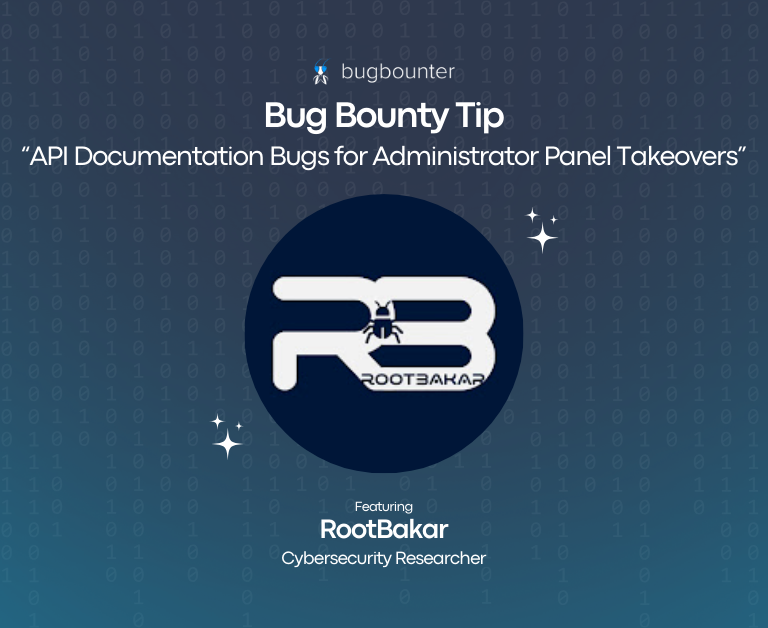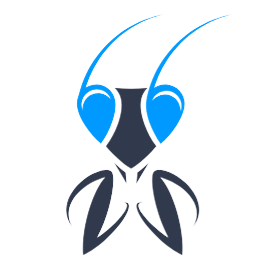BugBounter Explains July 2023 Cybersecurity Threat Landscape
In today’s digital age, the threat landscape in cybersecurity is constantly evolving, posing significant challenges to organizations. As professionals in the field, it is crucial to stay informed about the latest developments and trends in cybersecurity to protect our assets. In this blog post, we will explore the dynamic nature of the cybersecurity threat landscape, highlighting insights and analysis from recent news articles that shed light on emerging risks and vulnerabilities.
In this article, BugBounter explains the July 2023 cybersecurity threat landscape for you. Keep reading to learn more.
WormGPT: New AI Tool Allows Generation of Weaponized Code
A recent news article reported the emergence of WormGPT, an AI tool capable of generating weaponized code. This development poses significant concerns as cybercriminals could potentially leverage such tools to automate the creation of exploit codes, increasing the sophistication of attacks (Source: The Hacker News).
💡 Keep in mind
The development of AI tools like WormGPT further underscores the need for robust cybersecurity measures. It is crucial for organizations to implement proactive vulnerability management processes, conduct regular security assessments, and engage in bug bounty programs to identify and address potential weaknesses in software and systems.
Microsoft Bug Allowed Hackers to Breach Windows Security
In a recent news piece, it was revealed that a bug in Microsoft Windows allowed hackers to breach the operating system’s security defenses. This vulnerability affected multiple Windows versions, potentially granting unauthorized access to sensitive data (Source: The Hacker News).
💡 Keep in mind
The discovery of vulnerabilities in widely-used systems like Microsoft Windows serves as a reminder of the importance of timely security updates and comprehensive patch management. Organizations must prioritize regular software updates and security patches to mitigate the risks associated with such vulnerabilities.
Critical Security Flaws Uncovered in IoT Devices
Recent news highlighted critical security flaws discovered in Internet of Things (IoT) devices. These vulnerabilities expose the potential for threat actors to gain unauthorized access, manipulate device functionality, or use IoT devices as entry points to compromise larger networks (Source: The Hacker News).
💡 Keep in mind
The prevalence of IoT devices across industries calls for robust IoT security measures. Organizations should prioritize secure coding practices, regular firmware updates, and proper access controls to mitigate the risks associated with IoT devices. Implementing network segmentation and continuous monitoring are also crucial for maintaining a secure IoT environment.
AIO-S’s WordPress Plugin Faces Backlash Due to Security Concerns
A news article shed light on security concerns surrounding the AIO-S WordPress plugin, which faced backlash due to vulnerabilities that could lead to unauthorized access, data leaks, and website defacement (Source: The Hacker News).
💡 Keep in mind
This incident underscores the importance of thorough security assessments and testing before deploying third-party plugins or software. Organizations should rely on trusted sources, actively participate in bug bounty programs, and adopt best practices for securing their WordPress installations to prevent potential vulnerabilities.
TeamTNT’s Cloud Credential Stealing Malware Targeting Kubernetes Clusters
A recent news piece highlighted the emergence of cloud credential-stealing malware developed by the hacking group TeamTNT. This malware specifically targets Kubernetes clusters, aiming to steal sensitive information, exploit cloud resources, and mine cryptocurrencies (Source: The Hacker News).
💡 Keep in mind
The growing sophistication of malware targeting cloud environments highlights the criticality of robust cloud security measures. Organizations must implement strong access controls, regularly monitor cloud infrastructure, and conduct comprehensive security assessments to protect their cloud-based assets and prevent unauthorized access.
What Lesson Can We Take from the Threat Landscape of July 2023?
The threat landscape of July 2023 has taught us valuable lessons in the ever-changing world of cybersecurity. We must anticipate and adapt to the evolving threats posed by AI tools, prioritize timely patch management to address vulnerabilities, enhance IoT security measures, conduct thorough security assessments for third-party software, implement robust cloud security practices, and continuously educate and raise awareness among employees. By learning from these lessons, organizations and cybersecurity professionals can strengthen their defenses and stay one step ahead of malicious actors in an increasingly complex threat landscape.
About BugBounter
BugBounter invests in the human intelligence as a cybersecurity solution for companies, regardless of their sizes. Learn more about cybersecurity solution and Platform today.





